Warsaw, the capital city of Poland, is located on the banks of the Vistula River, which is the largest river in Poland. Water resources and bridges play a significant role in the city’s infrastructure and history. Here is some information about them:
- Vistula River: The Vistula River (Polish: Wisła) is the primary water resource in Warsaw. It flows through the city, dividing it into two parts, and serves as a major waterway for the transportation of goods. The river has played a vital role in the city’s development and trade.
- Bridges: Warsaw has numerous bridges that span the Vistula River, connecting the two sides of the city. Some of the notable bridges in Warsaw include:
a. Świętokrzyski Bridge: This is one of the most iconic modern bridges in Warsaw. It features a unique design with a large, curving pylon in the middle. It connects the Praga district on the right bank with the city center on the left bank.
b. Poniatowski Bridge: This historic bridge is an important crossing point over the Vistula River. It was originally constructed in the 19th century and has been renovated several times. It connects the Powiśle district with the Praga district.
c. Gdański Bridge: This bridge connects the northern part of Warsaw with the city center. It’s an important transportation link for commuters and tourists.
d. Most Siekierkowski: Also known as the Siekierkowski Bridge, it connects the southern part of Warsaw with the Praga district. This cable-stayed bridge is an important transportation link in the city.
- Water Supply: Warsaw’s water supply is primarily sourced from the Vistula River. The city has modern water treatment facilities to ensure the quality and safety of the water provided to its residents.
- Vistula Boulevards: In recent years, Warsaw has been developing its Vistula Boulevards, which are recreational areas along the Vistula River. These boulevards include parks, promenades, and recreational facilities, providing residents and visitors with spaces to relax and enjoy the river.
Overall, the Vistula River and its associated bridges are crucial elements of Warsaw’s infrastructure, transportation network, and urban development. They contribute to the city’s unique character and offer picturesque views of the river and its surroundings.

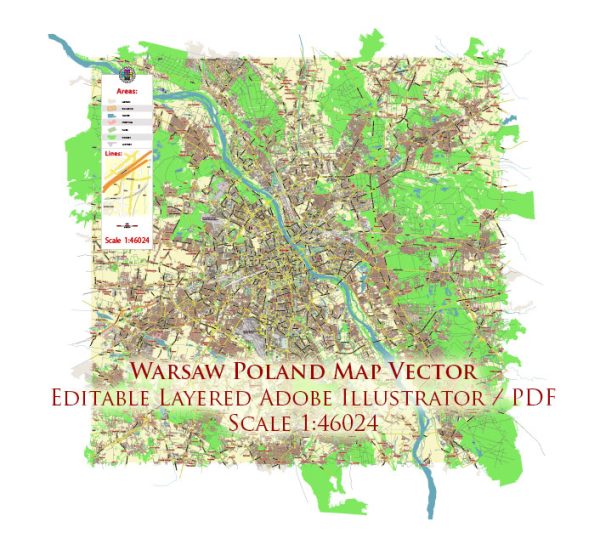
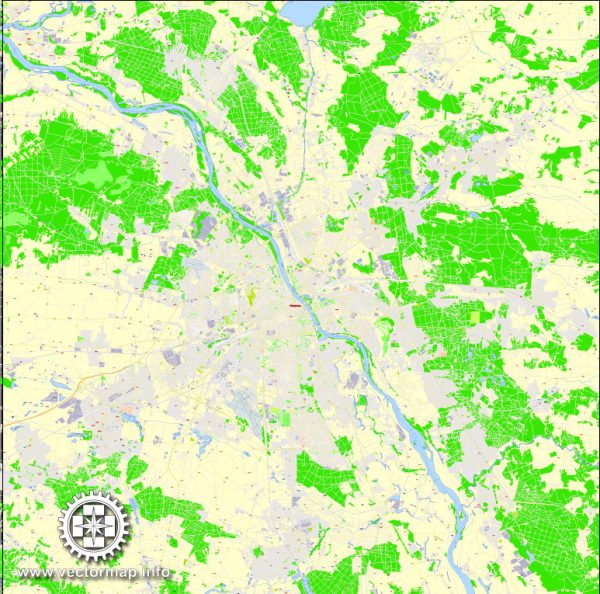
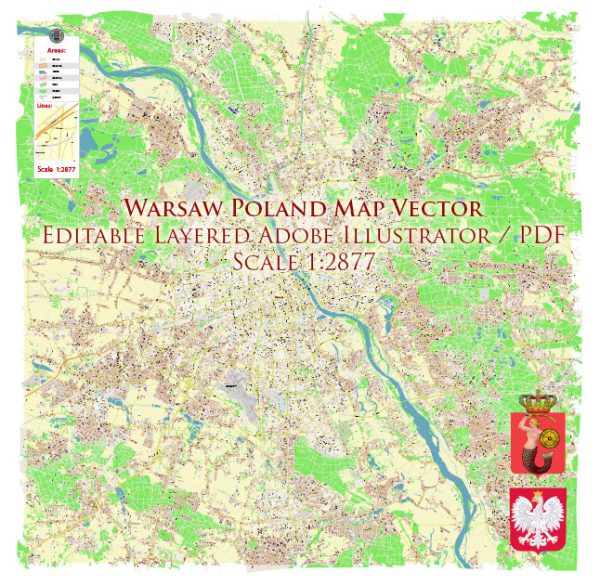
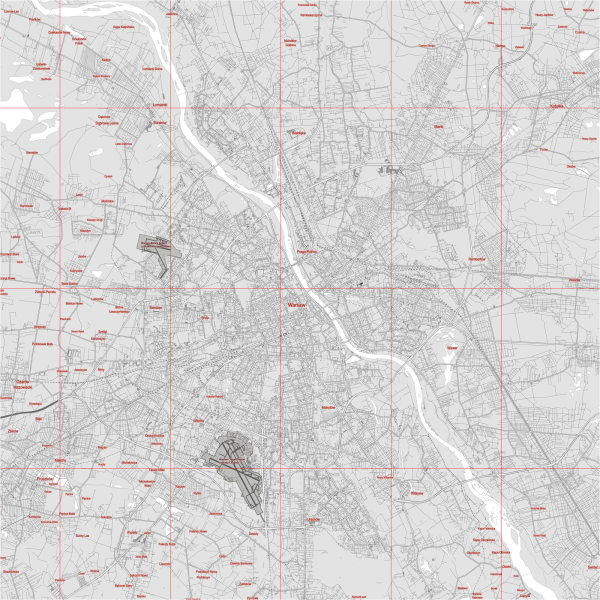
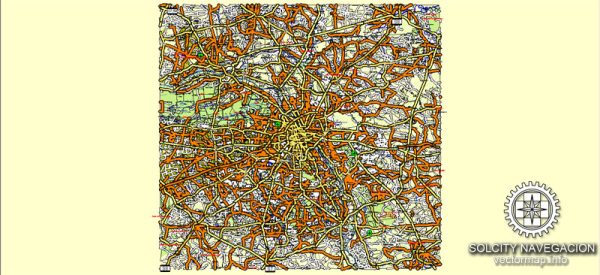
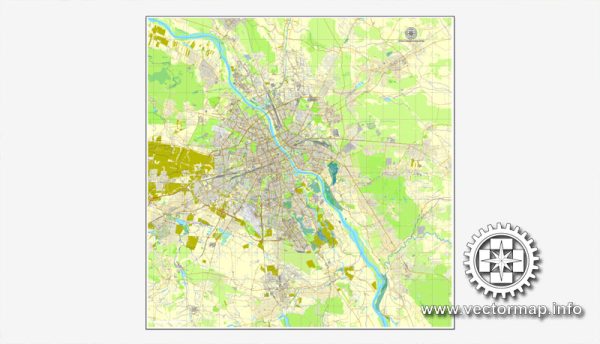
 Author: Kirill Shrayber, Ph.D.
Author: Kirill Shrayber, Ph.D.